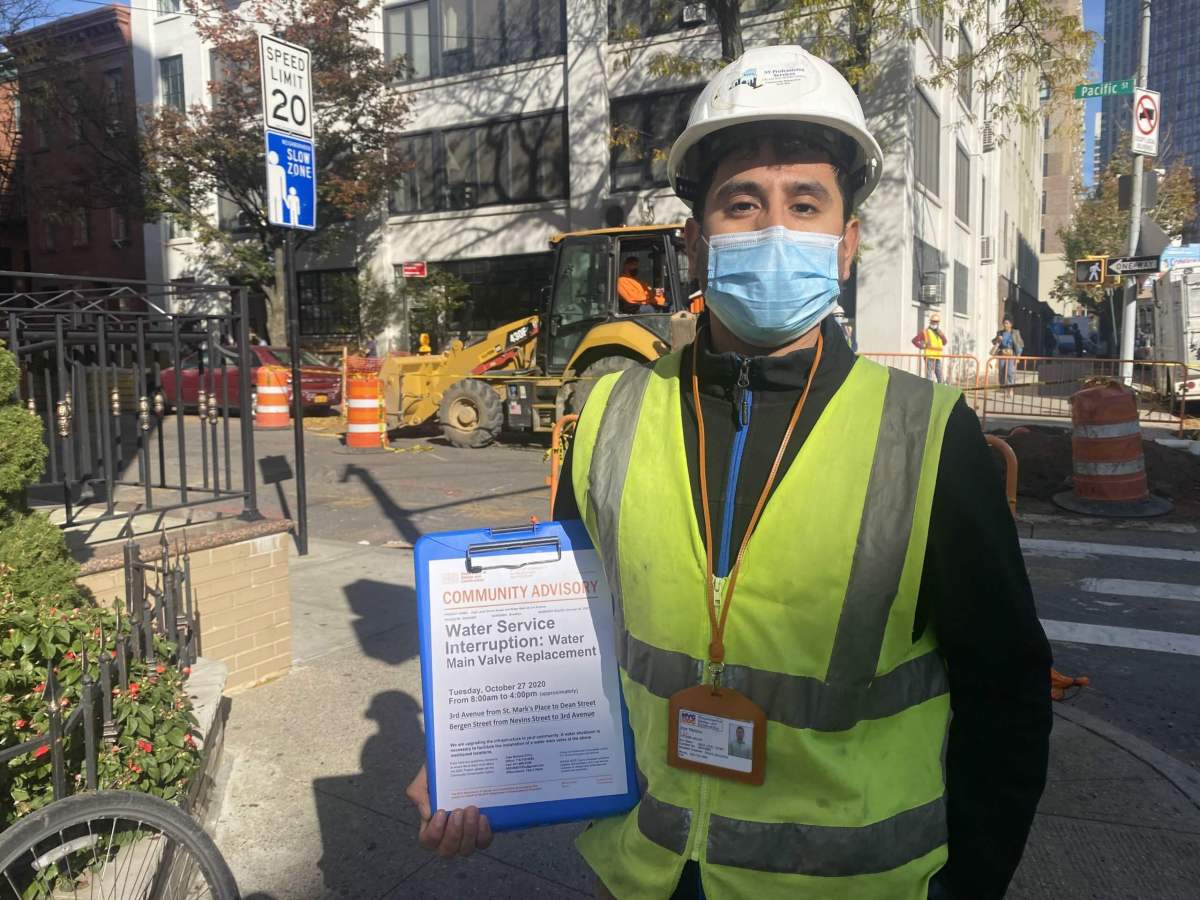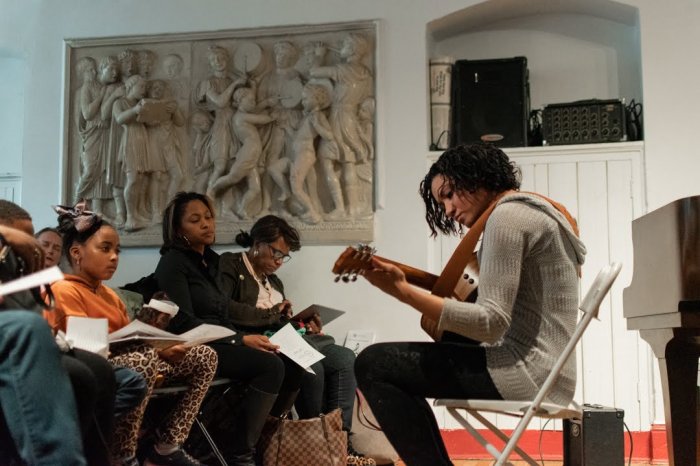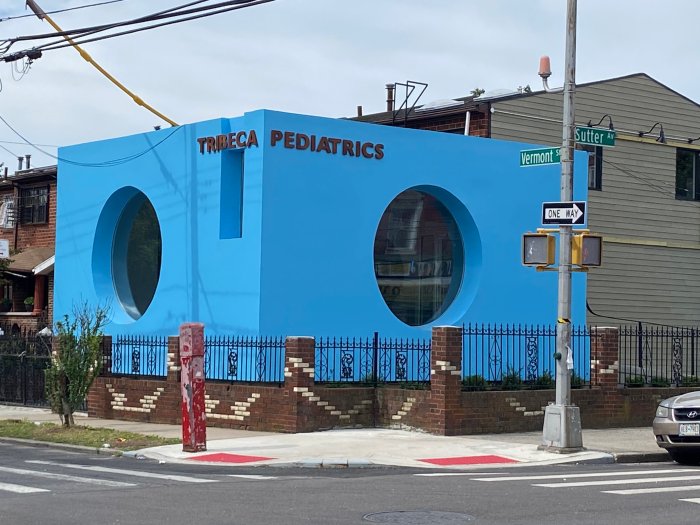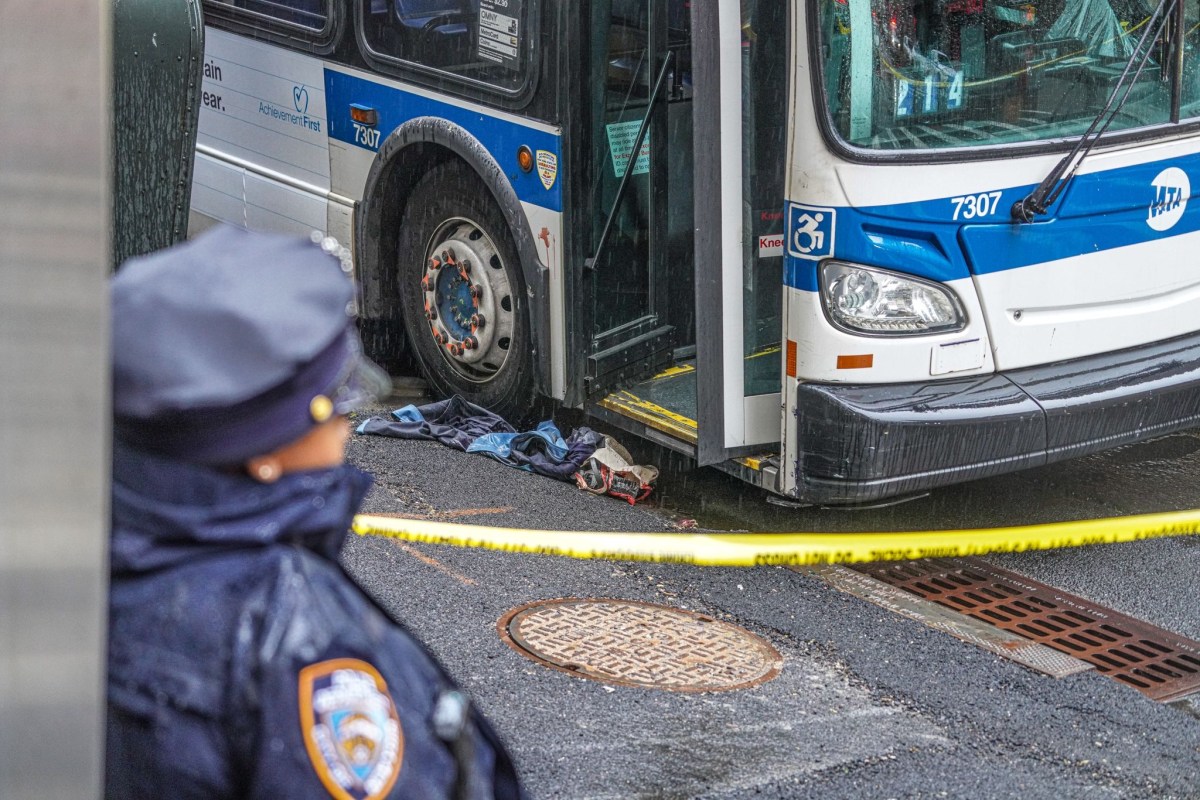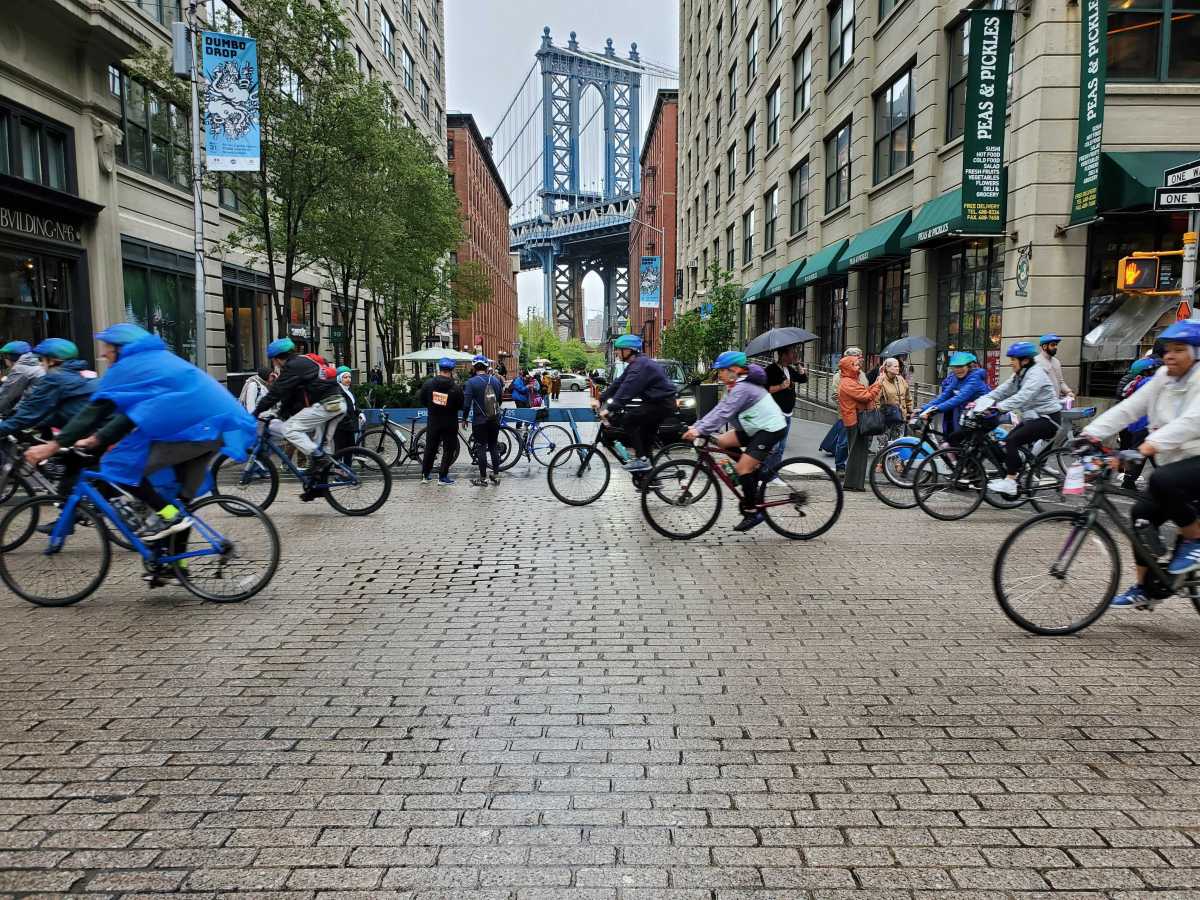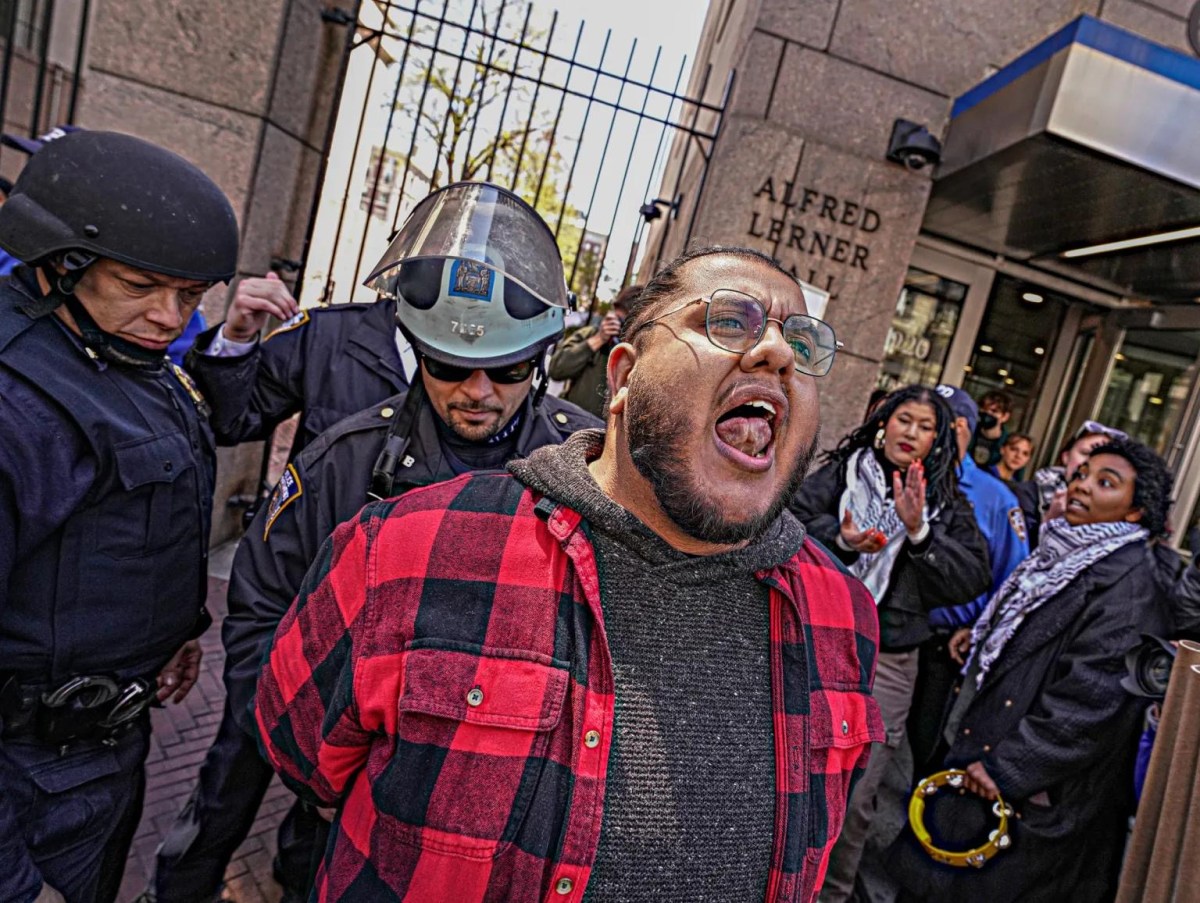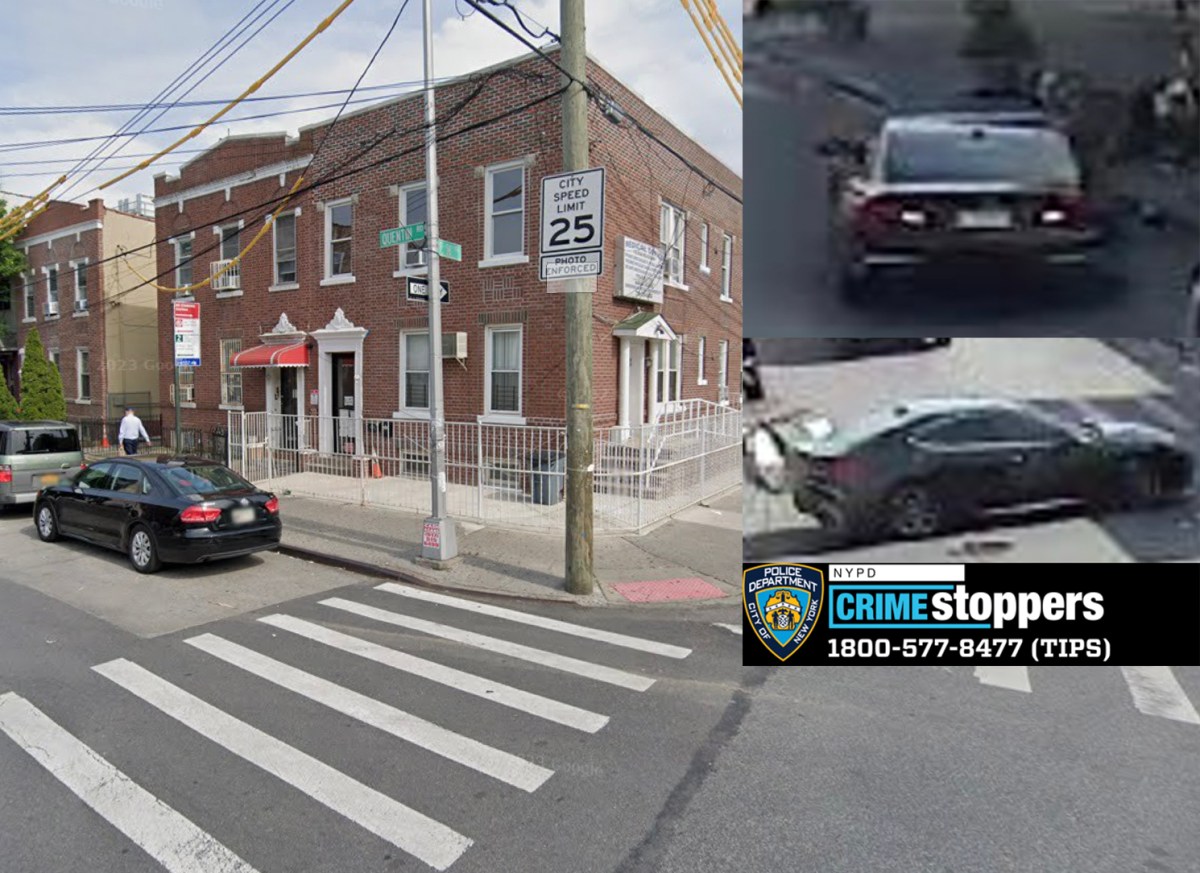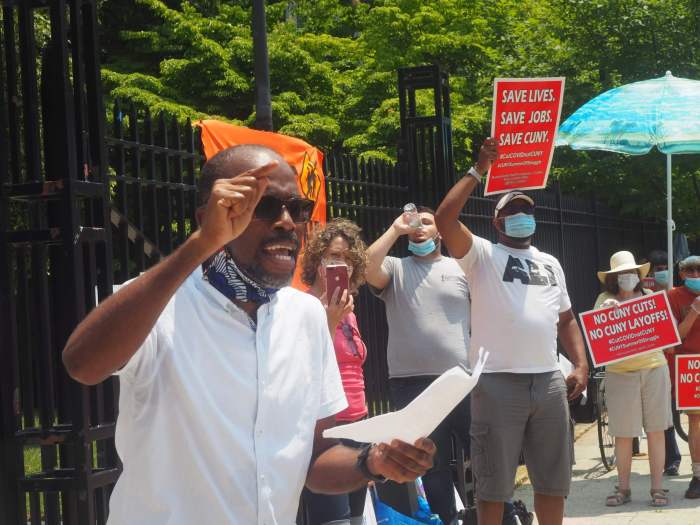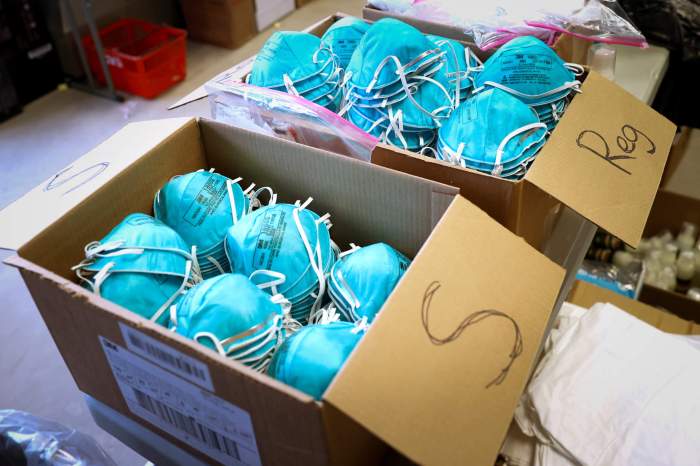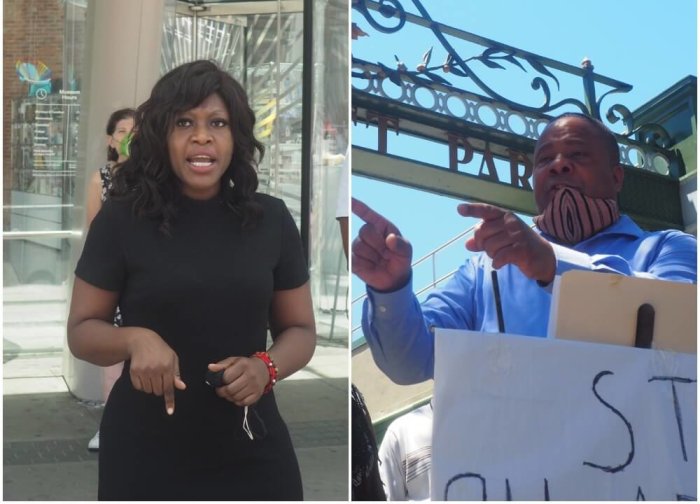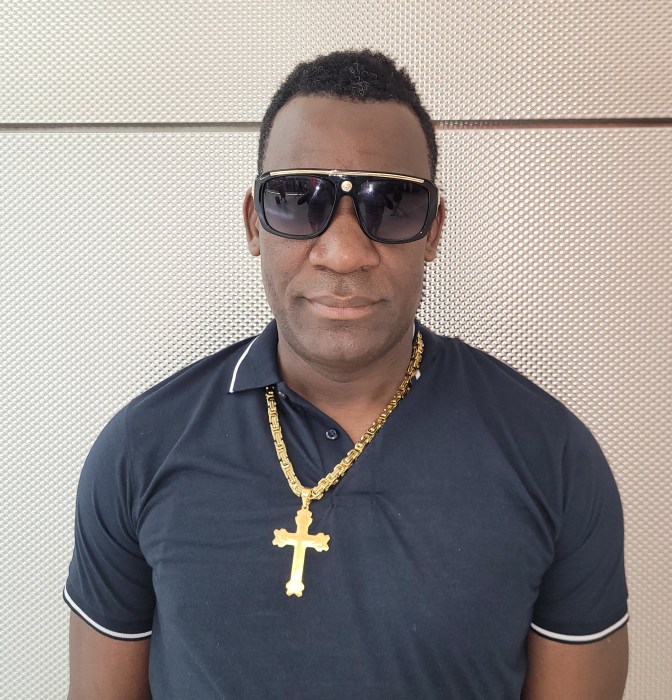If an infrastructure project has ever torn up your block, chances are you learned about the work thanks to a Community Construction Liaison.
Working as the middlemen between communities and the city, Community Construction Liaisons take to the streets surrounding major Department of Design and Construction projects months before work starts, where they speak with residents and business owners about any forthcoming disruptions to everyday life that might occur — from the shutting off of water, to the removal of parking spaces and loud construction at odd hours.
Once the work starts, liaisons like 34-year-old Jose Moreno pivot to passing out advisories and posting work notices to make sure the community stays informed.
“You’re dealing with people all the time,” Moreno said from outside a Boerum Hill worksite, where workers picked away at a hole in the road near Pacific Street and Third Avenue. “You speak with them in person, people just kind of know who you are by a certain point of the project, you’re walking around and people ask you ‘hey how much longer is this going to take?'”
Moreno has been stationed at the same project on Third Avenue since 2016, where city contractors are working to install new stormwater sewers and convert combined sewers into sanitary sewers. Over the years he has gotten to know all the necessary stakeholders in the neighborhood and develop working relationships with them.
The Community Construction Liaison position dates back to the David Dinkins administration, during which an official with the Department of Environmental Protection complained of having no way to effectively communicate with communities during major construction projects. Soon after, the Community Construction Liaison role was created.
There are typically 100-or-so liaisons deployed around the city, but due to COVID drop-offs and budget restrictions, only about 75 are currently out in the field, according to the DDC.
Liaisons go through training to effectively communicate with community members, according to Maria Centeno, who coordinates the programs.
“We have to work with the community as far as coordination and possible accommodation, sometimes we can’t always accommodate them,” Centeno said. “How do we break that not-so-good news, or share the community impact so they can understand in the long run that this is a benefit to them even though in the long run this is an inconvenience?”
Moreno says he applies this training when dealing with locals by reminding them that the reward for their troubles is shiny new infrastructure.
“The more I can learn about the project and why we’re doing it, it helps to educate the community as to why we’re doing what we’re doing,” Moreno said. “Some of these water main pipes, they’re over 100 years old, so with that information what I’m able to explain to the community is: these pipes are very old, they’re fragile, they’re deteriorating — what we’re doing is strictly preventing a catastrophe from possibly happening.”


